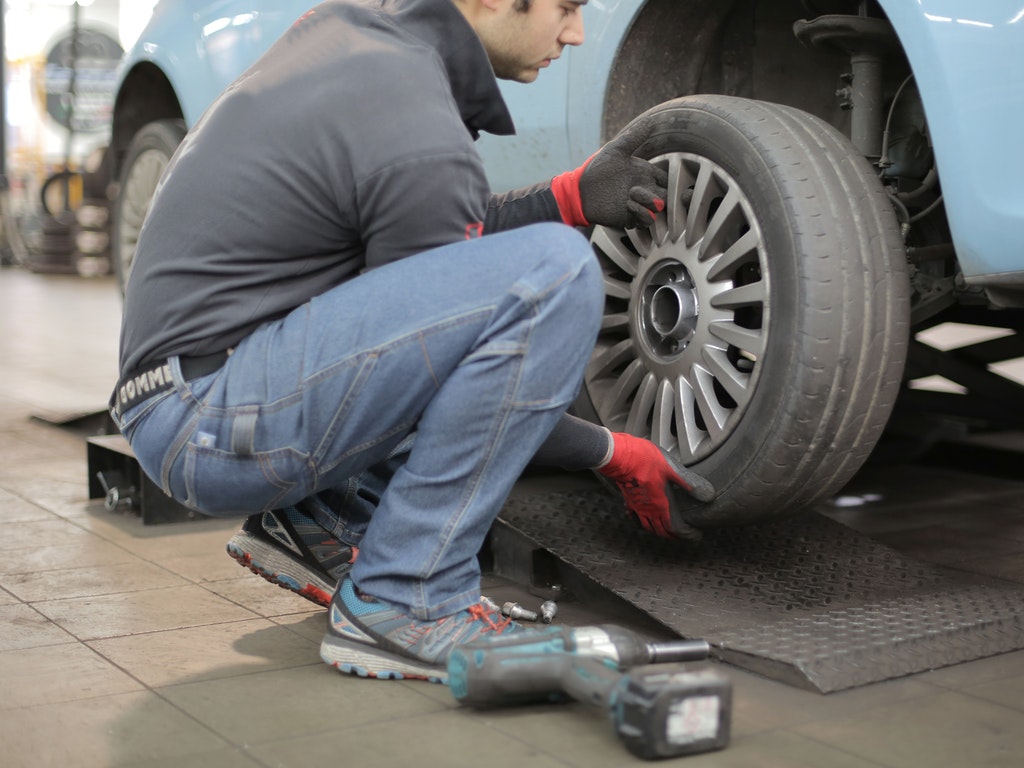Replacing car tires is a sudden expense and one needs to really be smart about it. Conflicting information from friends and family, in addition to what you read online, can make diagnosing your tire situation a stressful task.
Here are 4 important and money-saving tips to help you to make the decision:
Know when to replace: How has your drive been of late? Have you noticed the car being rough or a little wobbly? Check your tires to determine their health as this can be a sign that your tires need to be replaced. If you find anything wrong with your tires, then it’s about time you put aside your skepticism and get a new tire or a pair of tires if needed.
Wheel alignment: Aligning wheels regularly can be a handy tip in giving extended life to your car tires. When your wheels are properly aligned, the tires will wear evenly as designed. If you install new tires and your wheels are out of alignment, the uneven wear can require a new set of tires too soon.
Expensive is not the best: You are constantly fed with marketing and ad campaigns of big brands. It is a myth and customers often fall prey to marketing campaigns and eventually shell out more money.
The lesser-known brands can save you over 50% when compared with the big-name brands, and can (potentially) deliver the same tire life and level of comfort. You can get recommendations on different, less obvious brands from a site like TireRack.
Do not replace all tires at once: Avoid purchasing one tire at a time. If a single tire is damaged, always get additional new tires for the other side of the car. Make sure you follow the manufacturer recommendations when replacing a pair of tires on an all-wheel-drive vehicle.
The front tires of a car rarely wear out faster than its rear; this is only if you don’t rotate the tires regularly. If your local tire store insists that you need a new set, check the condition of the rear tires before making a purchase.
Replacing the whole set is twice the cost of replacing just two tires. If you choose to buy two tires instead of four, put the new tires in the rear and rotate the old ones to the front. If you need to swerve out of an emergency, the new tires will keep your car stable.
While these tips can be helpful in determining if you need new tires, visit your local tire or auto shop for an expert opinion. While saving money on tires should be a priority, you need to maintain the quality of tires that will ensure a smoother and safer drive for you, your family and other drivers on the road.





